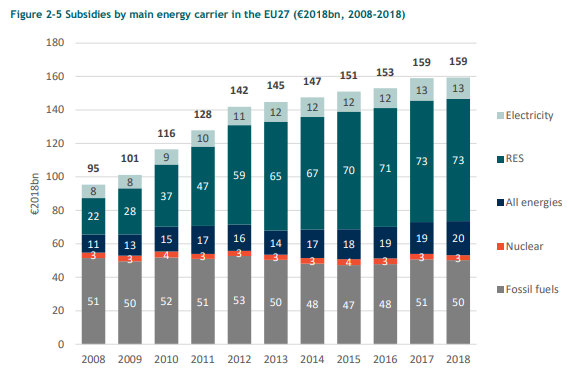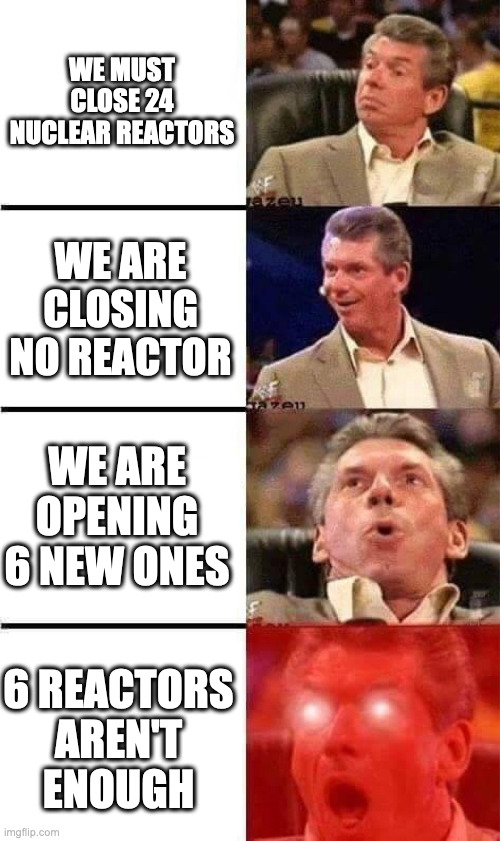The US energy regulator’s rejection of a special deal that would have allowed an Amazon Web Services (AWS) data centre to use more power from a nuclear power station will have a chilling effect on economic development in states such as Pennsylvania, Ohio, and New Jersey, the station’s operator has said.
Federal Energy Regulatory Commission (Ferc) commissioners voted 2-1 against a proposal that would have increased the amount of power supplied to an Amazon data centre next to the Susquehanna nuclear facility owned by Talen Energy.
The commissioners said the plan, which was an amendment filed by the regional grid operator on behalf of the parties, did not adequately prove why the special contract should be allowed under federal rules.
The plan would set a precedent and the issues should be reviewed more closely, they said.
Ferc chairman Willie Phillips dissented, saying that the grid operator addressed reliability issues and called the order “a step backward” for both electricity reliability and national security.
Talen believes Ferc erred and “we are evaluating our options” with a focus on commercial solutions. “We believe this ISA [interconnection service agreement] amendment is just and reasonable and in the best interest of consumers.”
In March, AWS paid Talen $650m (€596m) for a 960-MW data centre campus next to the Susquehanna station in Pennsylvania, and signed a long-term agreement to buy power from the plant.
The data center, Cumulus Data Assets, sits on a 1,200-acre (485 hectares) campus in Pennsylvania and is directly powered by the adjacent Susquehanna Steam Electric Station, which generates 2.5 gigawatts of power.
Talen Energy subsidiary Cumulus Data completed construction on the first building at the nuclear-powered data centre campus in January 2023.
In June, PJM Interconnection, which operates the eastern US grid, serving more than 65 million people, sought approval from Ferc to increase the amount of power used onsite to from 300 MW to 480 MW.
Utility owners American Electric Power and Exelon filed a complaint opposing the move, arguing that it could threaten grid reliability and raise customer rates.
Talen said its co-location arrangement with Amazon would bring service to the customer quickly and without expensive transmission upgrades necessary to serve large-load demand.
“But our direct-connect configuration is just one of several commercial solutions to the demand of large loads, and we are exploring other solutions as we move forward,” a statement said.
It said: “The data centre economy will require an all-of-the-above approach to satisfy the increased demand, including co-location such as Talen’s arrangement with AWS, hybrids that co-locate primary power behind the meter while using grid power for back-up, and front-of-the-meter connections to utility transmission. Talen looks forward to the continued dialogue.”
The federal order came on the heels of a day-long Ferc technical conference on the topic, which discussed the merits and challenges of co-locating data centres with existing power plants, also dubbed “behind-the-meter” demand.


I say, go for it! 😀
TerraPower has an interesting concept with the Natrium reactor, in that they combine it with heat storage in salt which is one of those things where one wonders "why didn't I think of that?". They had some false starts with designs in the past, but this seems a slam dunk as the technology is mostly there already, with decades of operational experience in sodium fast reactors across the globe.
Do report back if you reach out to them. Really interested in how it goes 🙂